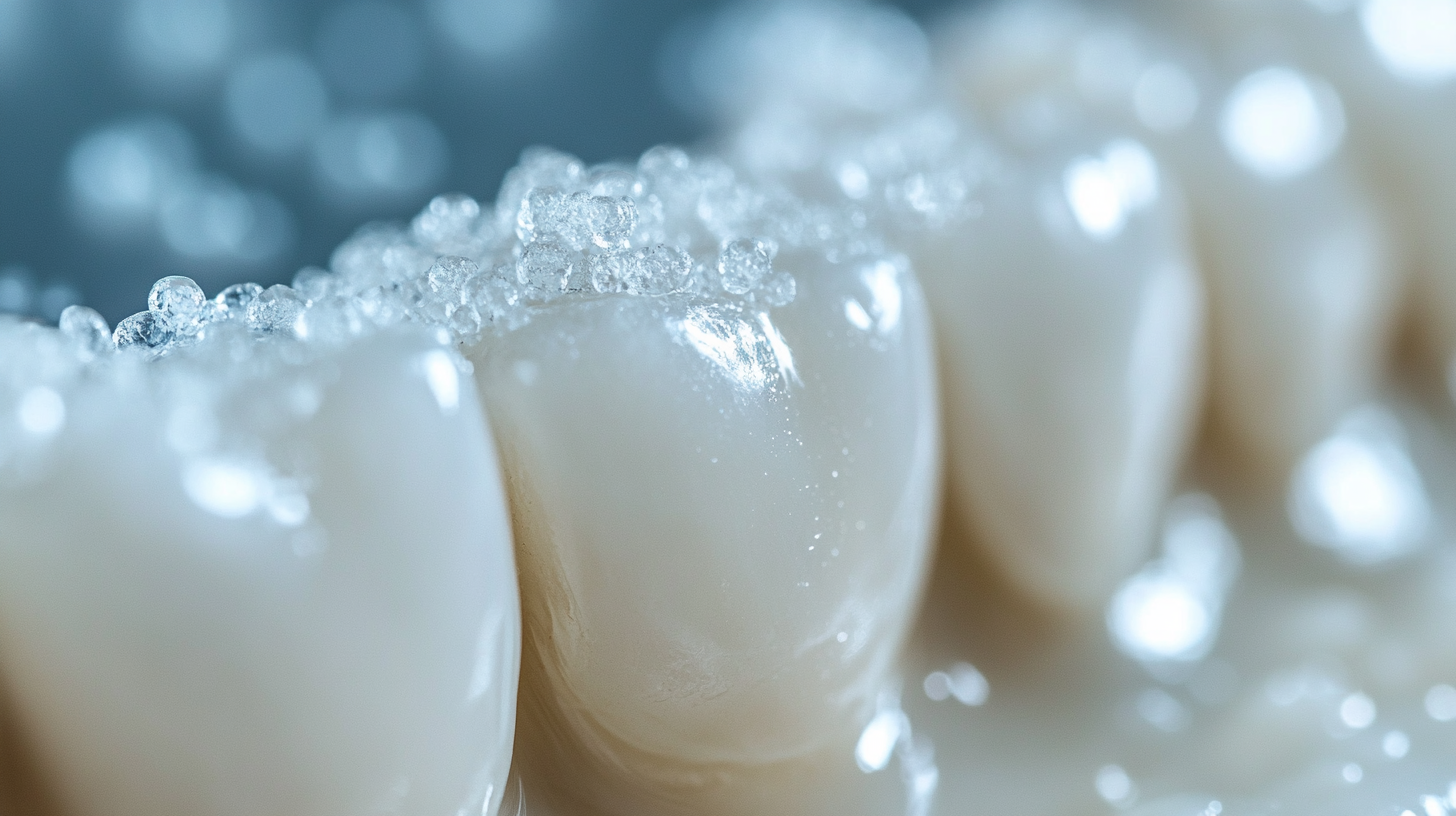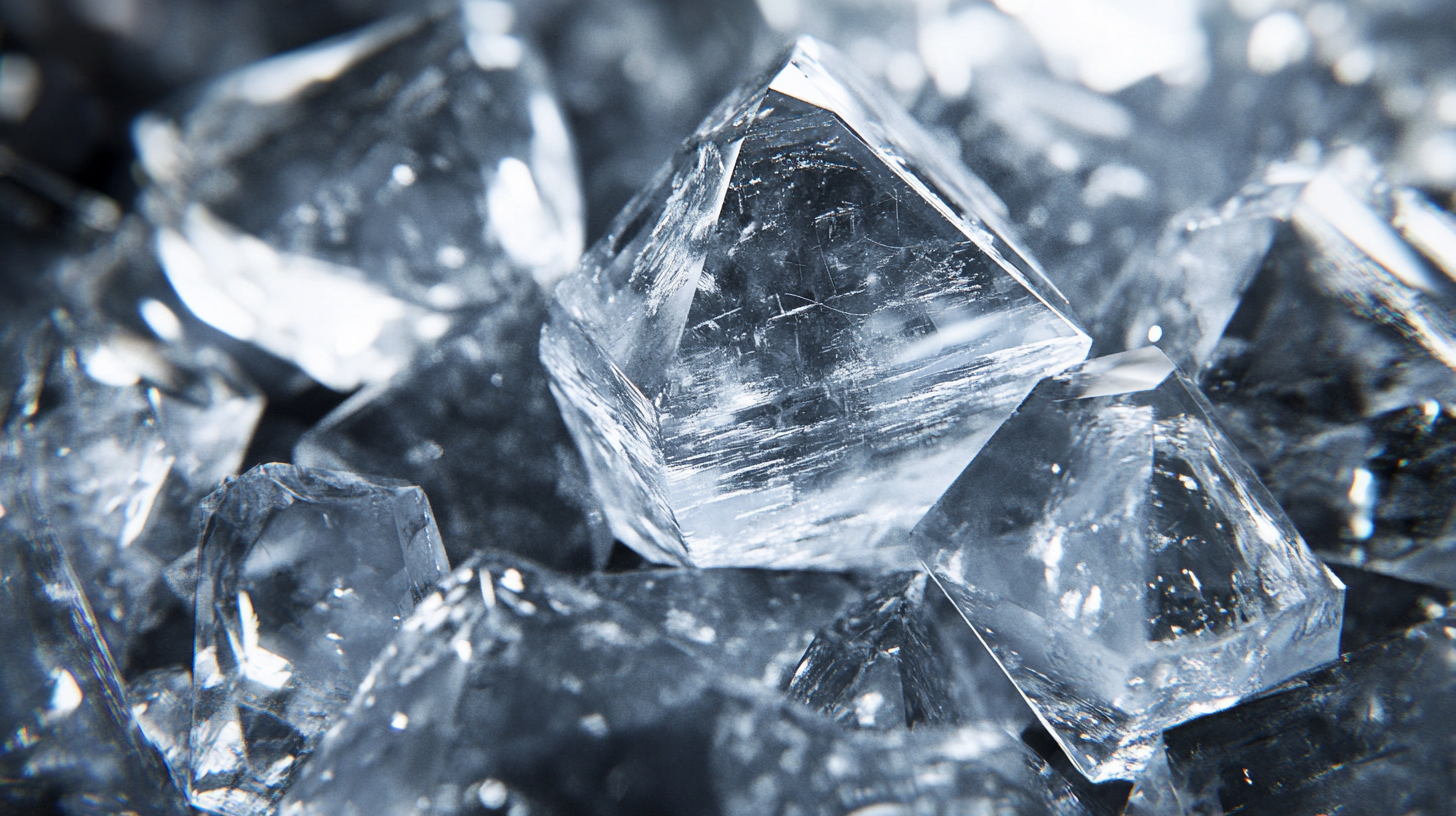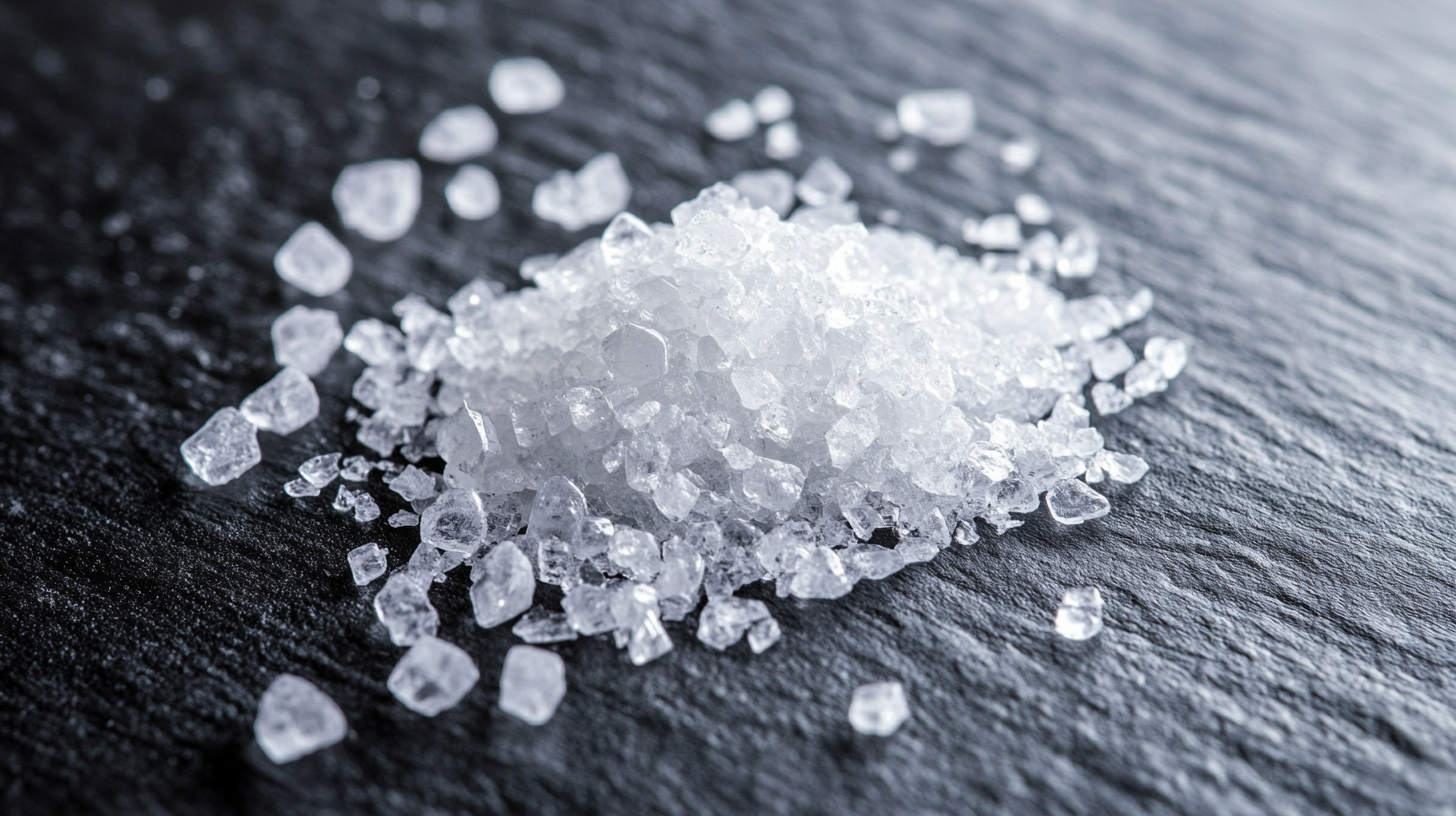Iconic in optic materials, Barium Fluoride is said to come with wonderful qualities that make it used in a wide range of areas-from laser to the lens in both camera and telescope. But businesses seldom consider the maintenance costs related to the investment they have made in such valuable materials. Knowing detail maintenance of Barium Fluoride can make a difference between making it an established business or incurring losses as proper care ensures that said material will remain as viable and optimal in function.
This blog intends to teach you the art of maximization from Barium Fluoride through effective understanding of its maintenance cost management. The blog will also hold seven essential tricks to cut costs while still improving the effectiveness of optical equipment. These tips and tricks should benefit everyone whether just starting or already experienced to help in making wise and informed decisions for converting Barium Fluoride to the investment-active projects.

As a product with valuable applications across a range of industries, barium fluoride (BaF2) has received much publicity due to the unique characteristics it poses. As one of highly melting chemical compounds with brilliant thermal stability, barium fluoride is most often used in high-energy applications-from optics and electronics-owing to its low hygroscopicity, which makes it one of the best choices for developing windows and lenses for extreme environments, mainly in infrared and ultraviolet spectrophotometry. These are properties making barium fluoride a material with a prominent place in science and technology-the latter being the driving forces nowadays. Apart from its optical use, barium fluoride has special importance in the manufacture of some specified types of ceramics and glasses. Its ability to reduce the value of the refractive index makes it useful in the glass industry, obtaining stronger and clearer products. Another use that can be seen is in nuclear reactors, where barium fluoride is known to be one of the neutron absorbents. The thermal and chemical stability of the material under a variety of conditions ensures that it is always a marker on the equipment without leakage. Therefore, it becomes a critical material in energy sources. It is necessary, therefore, that industries understand the properties and procedures of barium fluoride in order to optimize the manufacturing processes. Companies that take advantage of such element would not only be able to manufacture better products; such companies would also be saving on maintenance costs due to equipment failure. As such, and since industries are always improving on their existing processes, demand for barium fluoride would increase further, requiring them to look more deeply into the capabilities of this material.

One of the factors affecting maintenance costs vs operation efficiencies and overall returns on investment is that these have to be considered while factoring the long-term maintenance costs of barium fluoride equipment. Barium fluoride is noted for its low absorption in the infrared spectrum and is, therefore, an important material in optical manufacturing, especially in the fiber optics and infrared optics industries. According to reports, maintenance can account for up to 20% of entire operational costs after a period of ten years. It is, therefore, very important to know such details for the maximization of the investment.
The quality of equipment and maintenance practices are one aspect to consider. Good-quality barium fluoride equipment minimizes long-term maintenance costs, being less often repaired or replaced in the future. In addition, proactively maintaining the equipment, including regular inspections and replacing worn parts in a timely manner, would substantially increase the performance and useful life of the equipment.
Recent technological developments have highlighted the importance of investing in new machinery that is almost state-of-the-art in optical crystal manufacture. For high-performance fiber optics, the demand has placed an emphasis on improving production processes to minimize costs and maximize efficiency. Other industry leaders are also expanding applications; barium fluoride is especially useful in sectors requiring precision optical materials, such as aerospace and medical technologies. All this emphasizes the ongoing review of maintenance costs in response to the changing face of industry.

Regular maintenance will help keep barium fluoride (BaF₂) optics in good performance and life for the longest time possible. This exotic material is known for its excellent transmission in the ultraviolet and infrared spectra, but with time will degrade if not properly maintained. Environmental parameters such as wetness, dust, and temperature changes will cause the surfaces to degrade, and this degradation can have a serious impact on the optical clarity. With respect to the maintenance of barium fluoride optics, the implementation of basic cleaning and storage practices will ensure that barium fluoride components will always perform well over their intended life.
Next to that, a very important aspect of maintaining barium fluoride is the knowledge of suitable cleaning procedures. Some solvents, and in particular abrasive materials, can permanently damage the optical surface. Gentle cleaning agents and the use of a soft cloth for the removal of contaminants will be effective and should not compromise the integrity of the optical surface. Consistent inspection can be performed to pinpoint any early indications of wear or damage, allowing intervention and repair to occur in a timely fashion. Everything maintenance done, including the beautiful optics qualities, will be a good investment because it helps users who rely on high-performance optics to really save on replacement.
Furthermore, proper storage conditions are critical to the maintenance of barium fluoride optics. Controlled environments will minimize the exposure of these optics to moisture and temperature extremes. Additionally, the use of anti-static bags or boxes will provide protection from dust and other particulates. Thus, through proper cleaning and storage practices, the life and reliability of barium fluoride products will be maintained, and they will, therefore, perform at their optimum for several years to come.

Barium fluoride is all but becoming an true operational star in its own right because of specific properties and costs. In all regards, the use of the material, including maintenance costs or whatever applicable technique, should now become a subject of interest in order to better facilitate popularization or indeed, commercialization.
In other words, one of the best strategies for investments in barium fluoride is through regular maintenance and monitoring of the equipment. Maintenance of systems that are being used with barium would avoid expensive break-downs and inefficiencies. Furthermore, barium handlers would likely optimize their performance through staff training while reducing the operational waste created in such settings.
The latest news describes developments underway-those relating to barium fluorescence imaging and the introduction of new barium contrast products. Such advances not only enhance the capabilities of diagnostics but provide opportunities for their effective clinical application. These advanced techniques strategies will enable facilities to keep abreast of market advancements, allowing for better exploitation of all barium fluoride benefits and operational and fiscal optimization.
Important learning from case studies on the maintenance modalities applies to the maximization of investment and functionality in barium fluoride. A perfect illustration is the various fields of operations within which successful systems-widdening application of barium fluoride has enhanced lifespan and efficiency by being centrally supplemented by systematic-maintenance-within-protocol events. The case studies show how effective using custom-maintenance schedules can track and tune system performance while maintaining the operational costs within limits with the optimum output.,
An example is a production house that became preemptive at barium fluoride maintenance. Through integration of real-time monitoring systems and regular performance checks, it could recognize emerging problems before they became big and costly repairs. That way, it saves not only on maintenance, but also improves productivity overall. Another is a research institution that came up with some ground-breaking storage methods for barium fluoride, thereby minimizing material degradation and waste and maximizing investments in expensive materials.
Furthermore, such advanced scientific research contributions can be plowed into maintenance management for great benefits. Most research findings are lately looking into the properties of closely related barium compounds, with an example being barium titanate and its piezoelectric features. Understanding the material properties greatly contributes to effective maintenance; thus, through the application of these studies in their industries, performance and sustainability-thereby obtained from barium fluoride applications-can be improved.
Barium fluoride is a compound known for its high melting point and excellent thermal stability, making it useful in various industries, particularly optics and electronics.
Barium fluoride is commonly used in optics for creating windows and lenses, in glass and ceramics production, and as a neutron absorbent in nuclear reactors.
Its low hygroscopic nature and thermal stability allow it to perform well in extreme environments, especially in infrared and ultraviolet spectroscopy.
Barium fluoride lowers the refractive index in glass-making, which improves the clarity and strength of the final glass products.
It acts as a neutron absorbent, providing thermal and chemical stability to maintain the integrity of reactor equipment under various conditions.
By using barium fluoride, industries can optimize manufacturing processes, enhance product quality, and reduce maintenance costs related to equipment failures.
Yes, as industries continue to innovate, the demand for barium fluoride is projected to rise, encouraging stakeholders to explore its capabilities further.